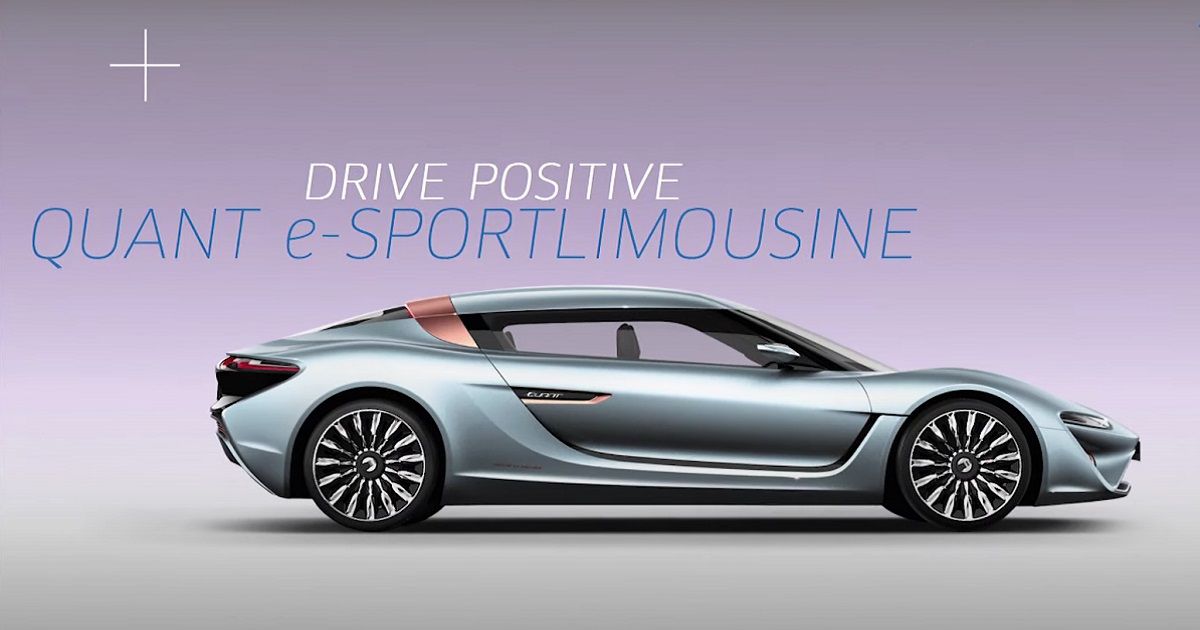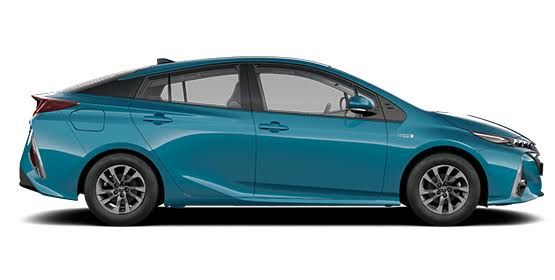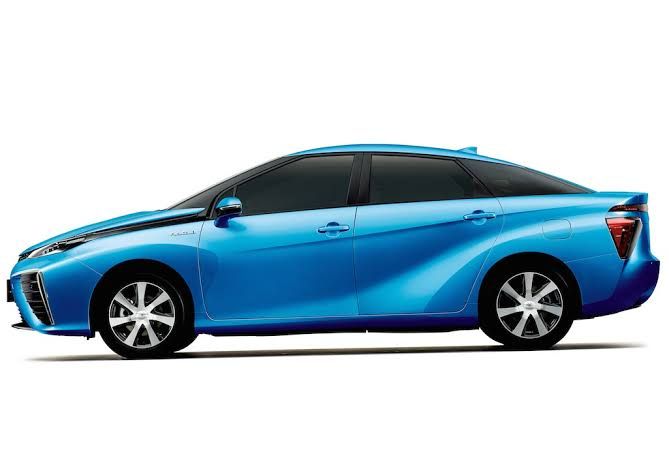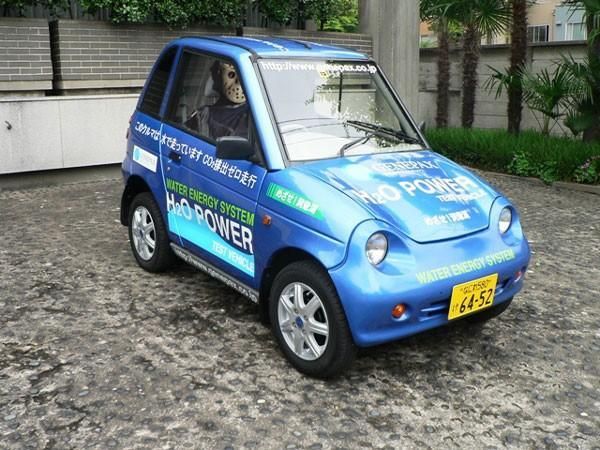The 21st century has witnessed a massive influx of innovations and impressive technological advancement. Brands have, in fact, evolved from one level of technology to another mind-blowing echelon that leaves the entire world in awe; creators are exploring modernity in such a way that it makes life easier for all.
One of the exceptional creations of the automotive industry happens to be water-powered Cars – a collection of cars that directly derive their energy from water. These relatively new models have been the crux of discussions for websites, newspapers, patents, and so on.
These particular cars are said to produce fuel from water with no other source of energy input, wholly owing to water, or they even run as hybrids, deriving energy from water or gasoline when needed. Apparently, research has shown that water itself is full-fledged hydrogen that is highly oxidized. This said, hydrogen is high-energy and very flammable, but when water is formed, it’s useful energy is released.
It is, however, important to note that the rate at which water-powered Cars are hoping to usurp our normal gas vehicles is quite rapid, as some new brands coming up are intent on storing up a lot of energy that is taken from sustainable and renewable resources (e.g. hydrogen) and also by using this untapped energy to further enhance electrolysis and also to power vehicles using hydrogen.
How They Work
The process involved in deriving hydrogen from water is called electrolysis; it is a stringent procedure whereby water is broken down into oxygen and hydrogen. However, because of the rigorous processes involved in taking apart the water molecules released at the point where hydrogen was oxidized to form water, it involves a whole lot of levels of verification before it is declared safe for use.
Typically, brands working on this project or stakeholders that have given comments on the idea of running a car with water have emphasized the fact that these hydrogen vehicles may provide a sustainable way to power cars with clean energy in the very near future, irrespective of the fact that some big industry players remain uncertain.
The first process involved in making a water-powered car function is recorded as storing up hydrogen in a tank; this tank has certain specifications required to make it effective: it has to be immune to crashing, thick-walled, and is to be placed below the back seat. This stored-up hydrogen would then be mixed with air and pumped into the fuel cell; once this is done, a chemical reaction proceeds to extract electrons from the hydrogen.
What happens here is that the remaining hydrogen protons are moved across the cell to mix up with oxygen taken from air to produce water. As it is an established fact that electrons are natural electricity-producers, these electrons create electricity and charge a small storage battery that would then be used to light up the electric drivetrain, and the car is subsequently propelled forward.
Major Brands Tinkering Around That Idea
Over the years, a number of car manufacturers have ventured in attempts to create water-powered cars. Recently, nanoFlowcell AG; a Swiss-French company that started a water-powered car line in 2015. Eventually, the automobiles company was faced with a lot of skepticism and criticism. The cars that they produced do not burn HHO gas, using a flow system that allows a fuel cell to be powered by electrolysis.
In the same vein, Genepax, a Japanese company, is also working on an eco-friendly vehicle that is fueled by water. The brand claims that the water used to propel the car is generated from Water Energy System (WES) by providing water and air into their respective electrodes.
Genepax showed off a prototype of an innocuous gray boxing the Brand’s Genepax vehicle’s trunk that supplies all the power to drive the car. All that is required is to add a bottle of Evian or aqueous liquid once in a while, then proceed to drive around without necessarily having a need for gasoline ever! The brand has plans to provide 1kw-class generation systems to be used for residential applications and in electric vehicles.
Final Thoughts
It is no longer news that the price of gas is on the rise, and it does not seem like it is showing signs of subsiding any time soon. However, the fact remains that the future of water-powered cars is quite bleakly. Mainly because of the skepticism and criticism that the whole concept is facing currently.
Hence, there is an urgent need for a revolution in terms of design and also a conclusive stand on the safety and reliability of water-powered cars. Nevertheless, for those that are interested in reducing gas bills and upholding a sustainable future, we must keep up hope alive for the success of water-powered cars as they offer an alternative to electric vehicles.




